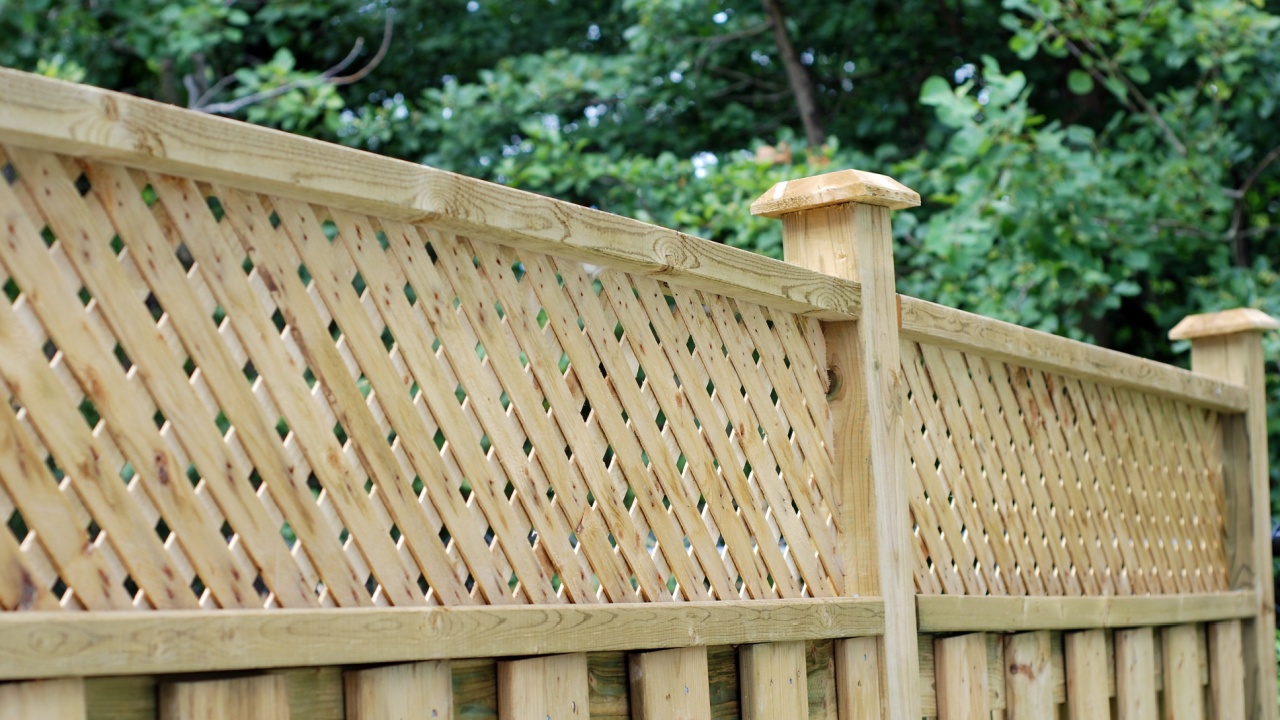Keeping your homestead safe and secure is a top priority for any prepper or homesteader. By taking the right steps to secure your perimeter, you can protect your family, livestock, and property from potential threats.
1. Install a Sturdy Fence

A strong, well-maintained fence is the first line of defense for your homestead. Choose a fence material that is durable and difficult to climb, such as chain link or wood, and make sure it is tall enough to deter intruders.
2. Use Natural Barriers

Incorporate natural barriers like thorny bushes, dense hedges, or even a water feature around your perimeter. These obstacles can make it harder for unwanted visitors to access your property.
3. Set Up Security Cameras

Install security cameras at strategic points around your homestead to monitor activity and deter potential intruders. Make sure the cameras are weatherproof and have night vision capabilities.
4. Implement Motion-Activated Lighting

Motion-activated floodlights can startle and deter trespassers, while also alerting you to any unusual activity on your property. Place these lights at entry points and along your perimeter.
5. Secure Gates and Entrances

Reinforce gates and entrances with sturdy locks, and consider adding a second layer of security, such as a padlock or chain. Regularly inspect hinges and latches for signs of wear or damage.
6. Train and Keep Guard Dogs

A well-trained guard dog can be an excellent deterrent and early warning system. Choose a breed known for its protective instincts, and ensure they are properly trained and socialized.
7. Create a Safe Room

Designate a secure room within your home where your family can retreat to in case of an emergency. Stock this room with essential supplies, communication devices, and a means of self-defense.
8. Establish a Community Watch

Work with your neighbors to create a community watch program, where everyone looks out for each other’s properties. Share contact information and develop a communication plan for emergencies.
9. Conduct Regular Perimeter Checks

Regularly walk your property’s perimeter to check for signs of damage, tampering, or potential weaknesses. Address any issues promptly to maintain the integrity of your defenses.
10. Use Signs to Deter Intruders

Post signs around your property that warn of security measures, such as “No Trespassing,” “Beware of Dog,” or “Property Under Surveillance.” These signs can deter potential intruders.
11. Secure Your Outbuildings

Don’t forget to secure your barns, sheds, and other outbuildings. Install locks on doors and windows, and consider using alarm systems or security cameras to monitor these structures.
12. Keep Vegetation Trimmed

Regularly trim trees, shrubs, and other vegetation around your perimeter to eliminate hiding spots for intruders. This also ensures a clear line of sight for your security cameras.
13. Install Window and Door Reinforcements

Reinforce windows and doors with bars, grilles, or security film to make them harder to break or force open. Consider installing deadbolts and strike plates for added protection.
14. Use Perimeter Alarms

Implement perimeter alarm systems, such as infrared beams or pressure sensors, to alert you when someone crosses your property line. These systems can be linked to your smartphone or a central monitoring station.
15. Secure Your Wi-Fi Network

Protect your wireless security devices and prevent hackers from accessing your network by using a strong, unique password and enabling encryption. Regularly update your devices’ firmware.
16. Have a Backup Power Source

In case of power outages, ensure your security systems have a backup power source, such as batteries or a generator. This will keep your defenses operational during emergencies.
17. Educate Your Family

Make sure your family members know your security plan and what to do in case of an emergency. Conduct regular drills to practice your response and ensure everyone is prepared.
18. Be Discreet About Your Preparations

Avoid drawing unnecessary attention to your homestead’s security measures or your prepping activities. The less people know about your defenses, the less likely they are to target your property.
19. Maintain Good Visibility

Keep your perimeter well-lit and visible, making it easier to spot potential threats. Trim back foliage and remove any obstructions that could provide cover for intruders.
20. Invest in Self-Defense Training

Consider taking self-defense classes or obtaining firearms training for you and your family members. Knowing how to protect yourself can be invaluable in an emergency situation.
21. Stay Vigilant and Adapt

Stay alert and be prepared to adapt your security measures as needed. Regularly assess your defenses, and make improvements based on new technologies or changing threats.
31 Ways to Boost Home Security: How to Fortify Your Fortress and Deter Burglars

We sadly live in a society where it’s all too common for criminals to want to take what we’ve worked hard to get. The results of a break-in are traumatic, too. Beyond just losing your stuff. Victims often feel violated, anxious, and unsafe, sometimes for years after the event.
Prevention is the best way to stay safe. And, while you shouldn’t have to turn your home into a fortress, that’s the stark reality of our world. But you can take plenty of simple steps to deter burglars and ensure your home is less attractive to would-be thieves.
25 Winter Foraging Foods to Save Money on Your Grocery Bill

With food prices going up by 15% from October 2021 to October 2023, finding ways to cut down your grocery bills is more important than ever. Winter foraging is an awesome way to add to your pantry for free. Yes, you get free food in the form of wild edibles, but it’s also fun for the whole family, gets you moving, and reconnects you with nature.
Even though foraging in winter seems hard compared to the bounty of late summer, there’s still plenty out there if you know where to look. Plus, if things do go south, you need to know how to get wild foods to survive when there are no old-world supplies to access.
23 Smart Ways to Preserve Food

Preserving food is an art as much as it is a science, tapping into our ancestral roots and addressing modern needs. Whether you’re looking to avoid waste, prepare for leaner times, or simply enjoy the fruits of your labor year-round, these 23 smart methods will guide you through. I’m a huge fan of preserving things I find on sale, gluts of produce from my homestead, or produce I’ve bartered with someone else.

